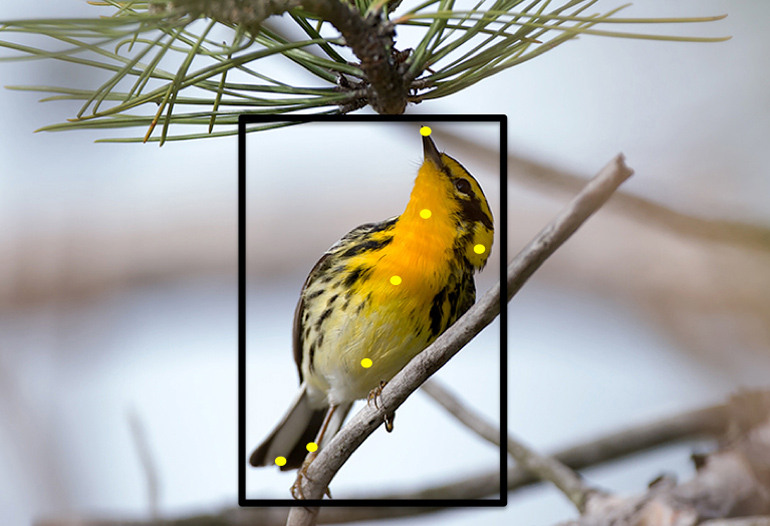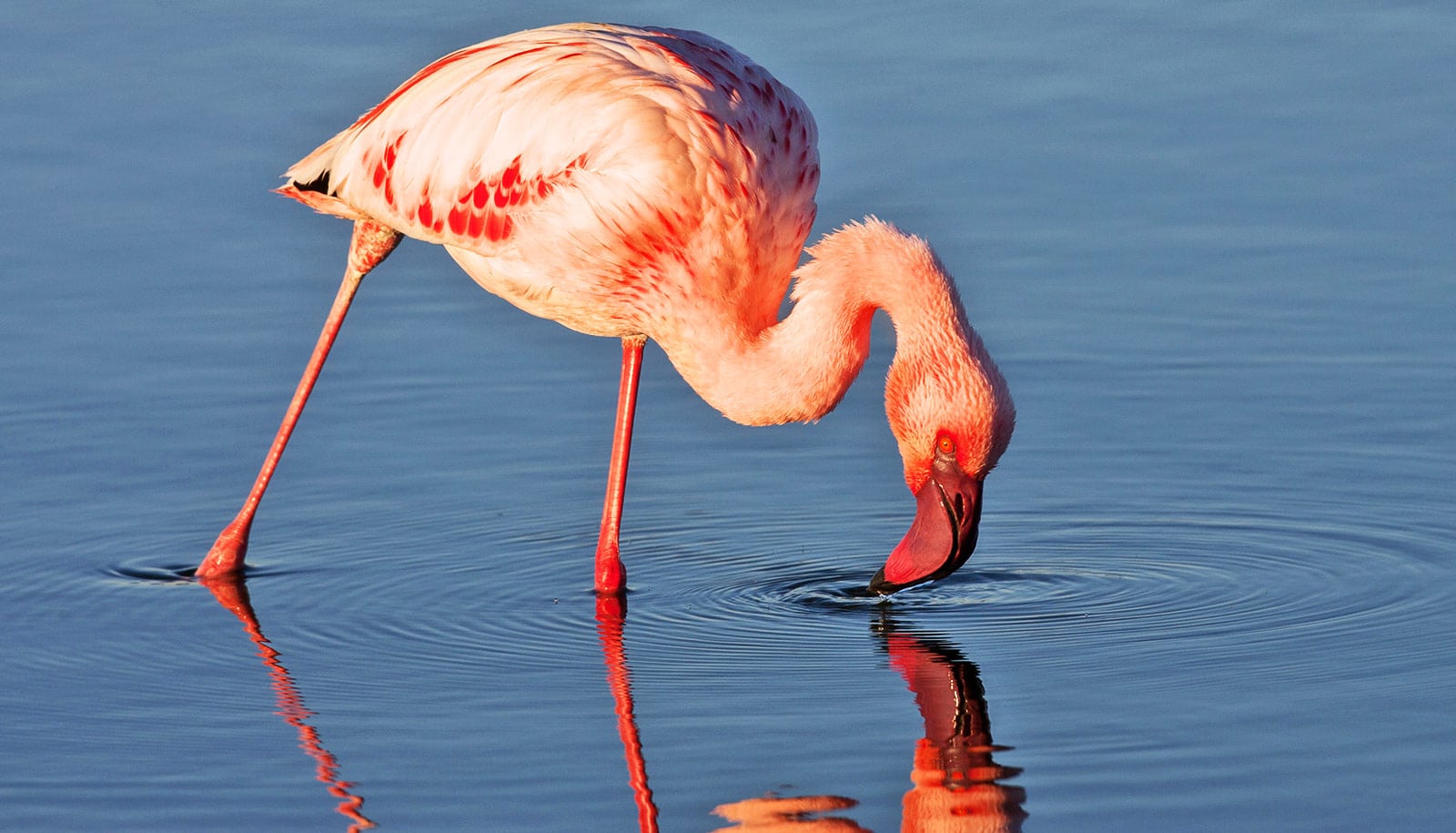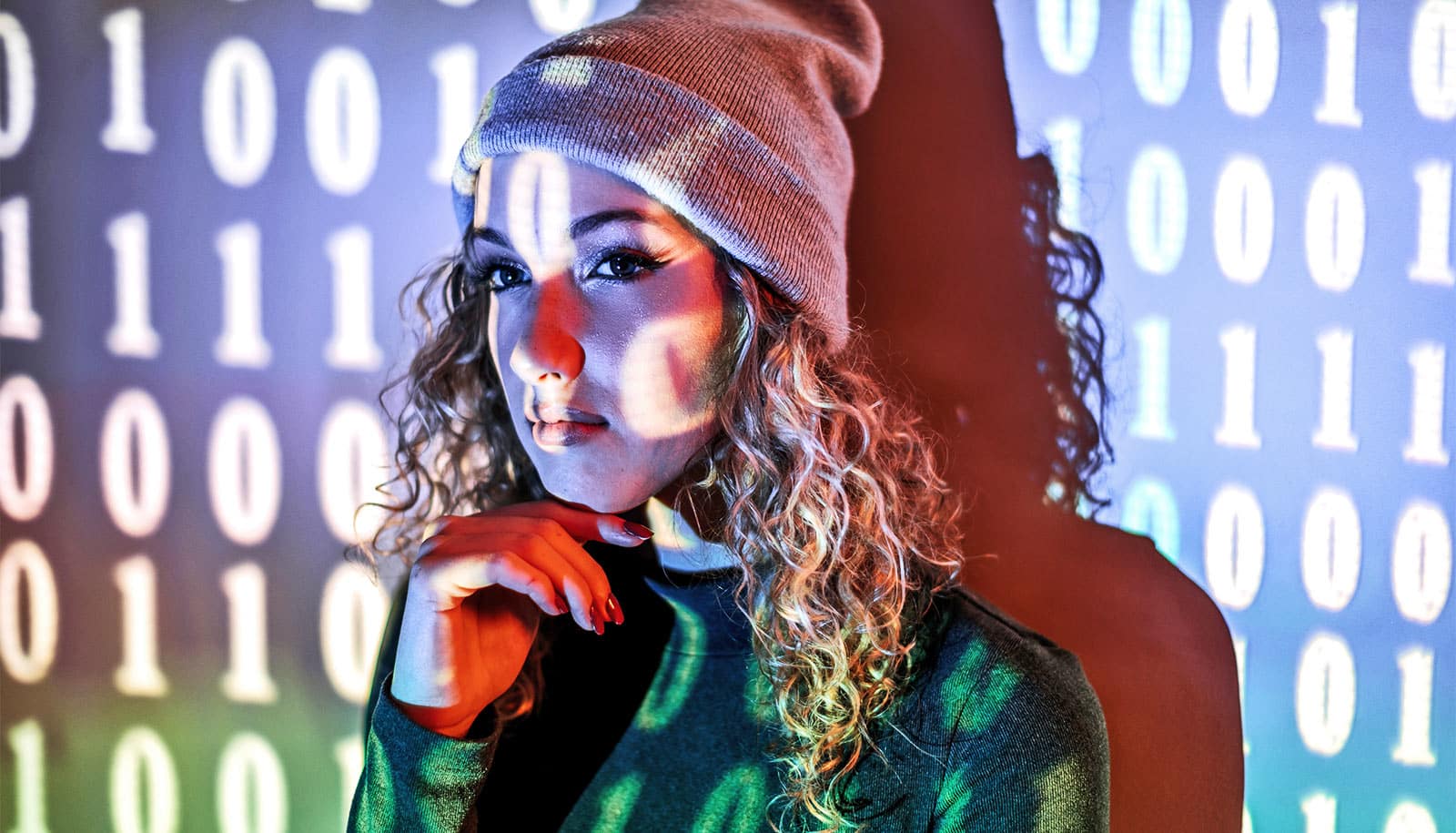An online bird photo identifier can recognize 400 of the most commonly encountered birds in the United States and Canada.
Merlin Bird Photo ID, developed by the Visipedia research project in collaboration with the Cornell Lab of Ornithology, is available for free.
“It gets the bird right in the top three results about 90 percent of the time, and it’s designed to keep improving the more people use it,” says Jessie Barry, the Merlin Project Leader at the Cornell Lab of Ornithology.
“That’s truly amazing, considering that the computer vision community started working on the challenge of bird identification only a few years ago.”

To see if Merlin can identify the bird in a photo, users upload an image and tell Merlin where and when the photo was taken. To orient Merlin, users draw a box around the bird and click on its bill, eye, and tail. Merlin does the rest.
Within seconds, it looks at the pixels and combines powerful artificial intelligence techniques with millions of data points from humans, then presents the most likely species, including photos and sounds.
“Computers can process images much more efficiently than humans–they can organize, index, and match vast constellations of visual information such as the colors of the feathers and shapes of the bill,” says Serge Belongie, a professor of computer science at Cornell Tech.
“The state-of-the-art in computer vision is rapidly approaching that of human perception, and with a little help from the user, we can close the remaining gap and deliver a surprisingly accurate solution.”
[related]
Merlin’s success relies on collaboration between computers and humans. The computer learns to recognize each species from tens of thousands of images identified and labeled by bird enthusiasts. It also taps in to more than 70 million sightings recorded by birders in the eBird.org database, narrowing its search to the species found at the location and time of year when the photo was taken.
Because the photo identifier uses machine-learning techniques, it has the potential to improve the more people use it. After it can reliably identify photos taken with smartphones, the team will add it to the Merlin Bird ID app, a free app that has helped users with more than 1 million bird identifications by asking them five questions.
Researchers from Cornell Tech and California Institute of Technology will present the project at the Computer Vision and Pattern Recognition (CVPR) conference in Boston on June 8.
Google, the Jacobs Technion-Cornell Institute at Cornell Tech, and the National Science Foundation supported the work.
Source: Cornell University


